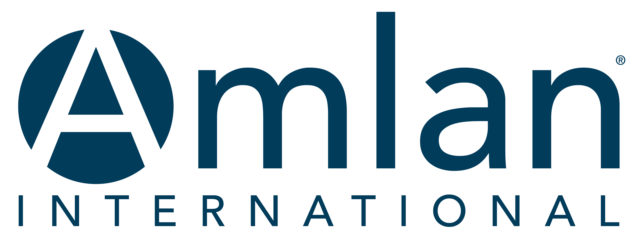You never know what adventure beckons with that question. This one turned out to be a good lesson, and I think it has relevance for dairies too.
Our relative operates a nearby “transfer station” – a site where cull cattle are brought between purchase and eventual slaughter.
The invitation from our relative was for me and the boys to push up feed throughout the weekend. Obviously, the cows need to eat while they await their fate. The regular crew were all going hunting, and he needed someone to make sure the cows had feed to eat. The regular crew would double-feed before leaving town. All we needed to do was make sure it stayed pushed up to the bunk and within reach of the cows.
On a cold Saturday morning, my boys and I (and my youngest daughter, who insisted on coming to see what feeding cows was like) arrived at the transfer station to work. Watching our breath disappear into the icy air, we leaned in and pitched feed into the feedbunk. It was all manual labor, no tractors. After about 45 minutes pushing, forking and turning over feed, all the cows had plenty of feed for the day.
What I didn’t expect came next.
For the rest of the day and over the weekend, I got more questions about those cows, how they were doing, what they eat and what was going to eventually happen to them. My kids seemed to have formed an instant connection to the cows just from one feeding. It got me thinking: What if dairies used the same approach to develop instant fandom with their neighbors, area school kids and local soccer moms?
Consider this idea. With a few hundred dollars, go buy some extra pushbrooms and pitchforks. Invite a few friends of the dairy to come and help feed cows for an afternoon. You can make the event as elaborate as you’d like. For example, you could start and explain what feed goes into a ration, demonstrate how the ration is mixed into a TMR and then let them watch a batch be fed out.
They’ll watch in wonder as the cows get up from their stalls and come to the bunk for fresh feed. You can then explain that, as the cows eat, they unintentionally push some of the feed away from their reach with their noses. That’s where your visitors come into the picture. They are going to help get that feed back in front of the cows at another bunk. Hand out the pushbrooms and pitchforks.
In less than 30 minutes, your group will have broken a sweat and fed your cows. Let them take as many selfies as desired with the cows they just fed. If you find the experience is popular, you could even charge for T-shirts that read “I fed cows at Double Ridge Dairy.”
This simple hands-on connection will build trust and positive advocacy. Participants will be more curious and have more concern for you, your farm and your cows. It will build an enduring connection. I know it’s true because I experienced it.
Shortly after my weekend feeding experience, I saw a photo in my social media feed for the company that processes the cows. I stopped to actually read the post and click on the link because I had a connection with them.
If you like this idea, give your feed pusher a weekend break and build connection with those who are truly curious to learn more about you and your dairy. It’s a win-win for all involved. ![]()

-
Walt Cooley
- Editor-in-chief
- Progressive Dairyman
- Email Walt Cooley


.jpg?t=1658551847&width=640)



